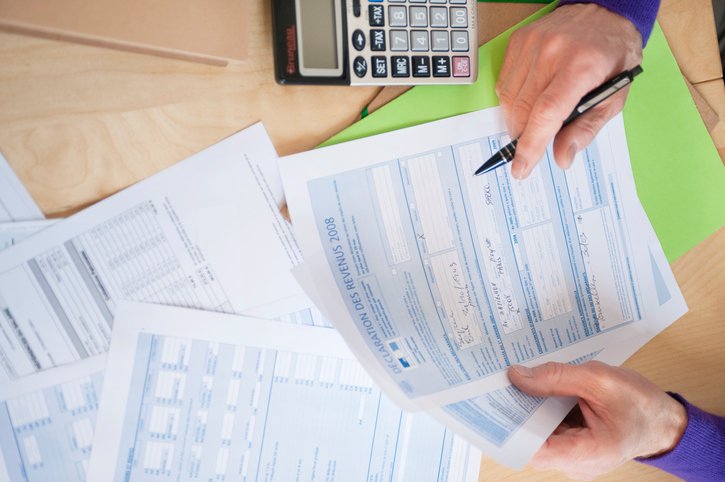Optimise your tax deductions
There are multiple ways to reduce tax payments. For most businesses – either structured as a sole trader or company – these are in the form of deductions. They are expenses incurred in running the business that can be offset against income.
The ATO states: “You can claim a deduction for most expenses you incur in running your business as long as they are directly related to earning your assessable income.”
Deductions can differ based on your structure. For instance, the ATO allows you to claim a tax loss in a previous year against the current year’s income. If you are a sole trader, you can offset business losses carried forward against other income as well. However, you aren’t allowed to choose the year, or years, when you claim a deduction for tax losses in previous years.
It’s crucial for business owners to keep on top of rulings like these and always calculate their profit and loss carefully.
















